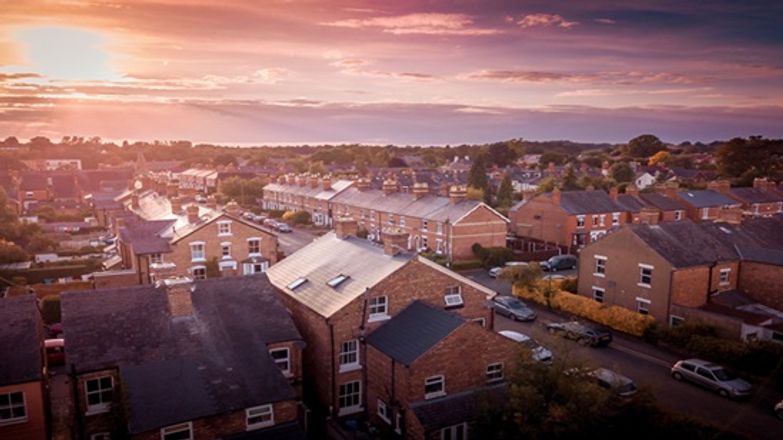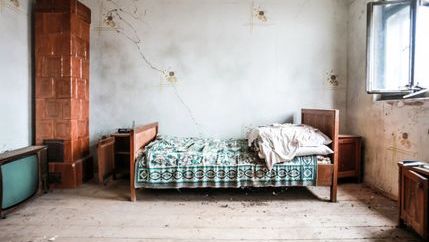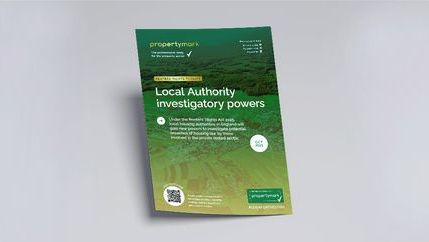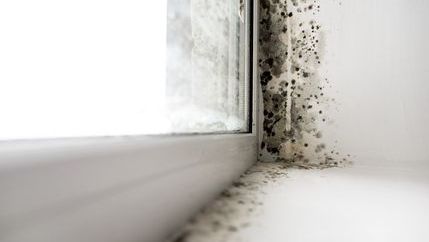
2001 was the year the Decent Homes Standard was first implemented, and it was last updated in 2006, acting as a technical standard to specify minimum criteria that social landlords must meet to ensure their properties are decent. This means:
- Free from health and safety hazards at the most dangerous 'category 1' level (as assessed using the Housing Health and Safety Rating System (HHSRS)
- In a reasonable state of repair
- Have reasonably modern facilities and services
- Provide a reasonable degree of thermal comfort
The Standard does not currently apply to privately rented housing. However, landlords must ensure their properties are fit for human habitation, and local authorities can take enforcement action against landlords whose properties contain serious hazards.
Renters’ Rights Bill
The UK Government are currently legislating to apply the Decent Homes Standard to the private rented sector through the Renters’ Rights Bill, including expanding the enforcement powers available to local authorities. Part 3 of the Bill amends the Housing Act 2004 to include a mechanism for applying the Decent Homes Standard to qualifying residential premises, including HMOs, in the private rented sector. Proposals to extend the Decent Homes Standard were previously consulted on in October 2022.
Effective and well-funded local authority enforcement key to improve rented home standards
The Department for Levelling Up, Housing and Communities (DLUHC) goal of the Decent Homes Standard in England is to create greater parity between the social and private rented sectors, ensuring that landlords who do not treat their tenants fairly are held accountable.
A standard for all
Through the consultation, the UK Government aims to ensure that the Decent Homes Standard becomes a common benchmark for both private and social rented housing, providing clarity for tenants and landlords alike. The proposals seek to place greater emphasis on the actual condition of a home rather than relying on arbitrary age profiles for furnishings and fittings.
The consultation will also explore how issues such as damp and mould can be addressed more comprehensively, alongside measures to ensure that window restrictors are installed wherever windows pose a fall hazard to children.
The consultation will last for 10 weeks and close on Wednesday, 10 September 2025.






